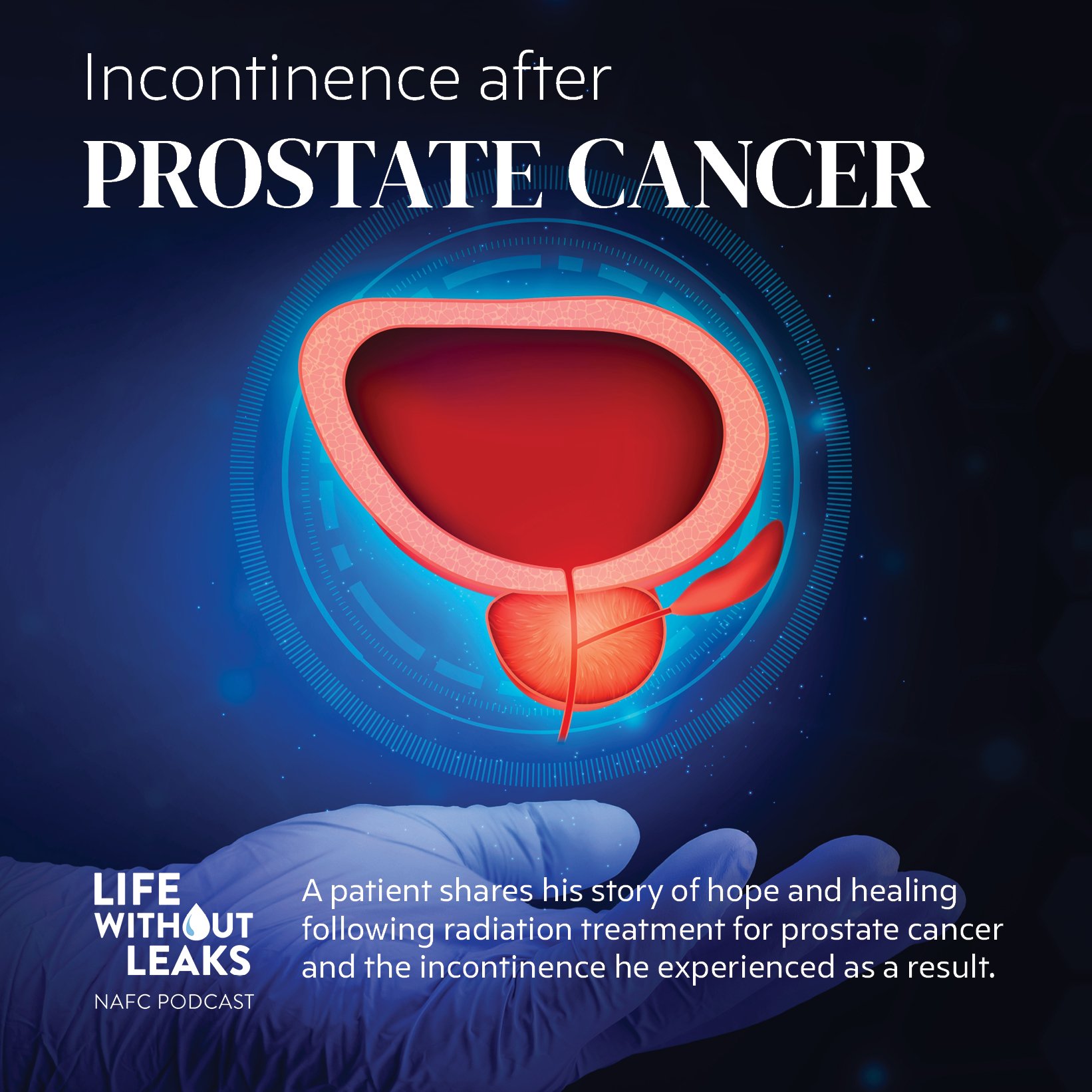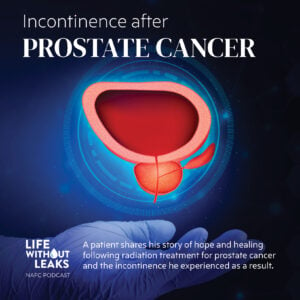Question: What types of surgery options are available for BPH?
Answer: BPH, or Benign Prostatic Hyperplasia, is when a man’s prostate is enlarged. BPH is a common occurrence in aging men, but may not always require surgery. Surgery may be considered if you have certain issues (you can’t urinate, have seen blood in your urine, have a partial blockage in your urethra, or have kidney damage), or if your symptoms are so bothersome that surgery makes sense to you.
The typical surgical option that is usually used is transurethral surgery of the prostate. This is where surgical instruments are passed through the opening in the penis to the prostate. Transurethral resection of the prostate (TURP) is the most common type of transurethral surgery used for BPH. This is when a portion of the prostate is removed. Other methods of removing some of the prostate include laser therapies, transurethral microwave therapy (TUMT), or transurethral needle ablation (TUNA). Transurethral incision of the prostate (TUIP) is also sometimes used, which places incisions on the prostate which help to relax the opening to the bladder and allow urine to flow from the bladder more freely.
If you are considering surgery for BPH, talk with your doctor about these options and decide together which one may be the best for you.
Are you an expert in incontinence care? Would you like to join the NAFC expert panel? Contact us!







One Response
Very nice information !!! so much knowledge and awareness in just one piece of blog. I appreciate the research behind . Thanks for sharing !!!